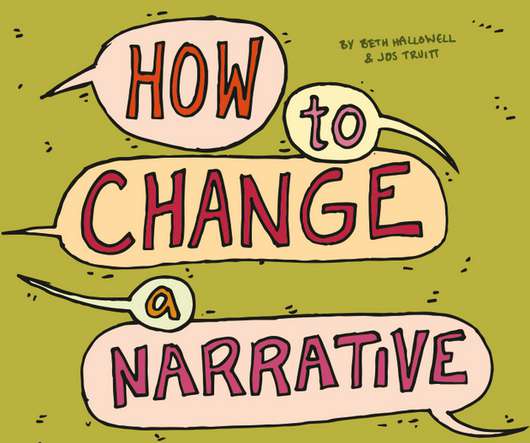Mastering the Art: Using Organizational Culture for Business Agility and Resilience
Leapfrogging
APRIL 3, 2024
The Impact of Culture on Business Agility and Resilience Organizational culture is a powerful lever for enhancing business agility and resilience. To leverage organizational culture for greater business agility and resilience, it’s essential to align the cultural dynamics with your company’s vision and operational tactics.















Let's personalize your content